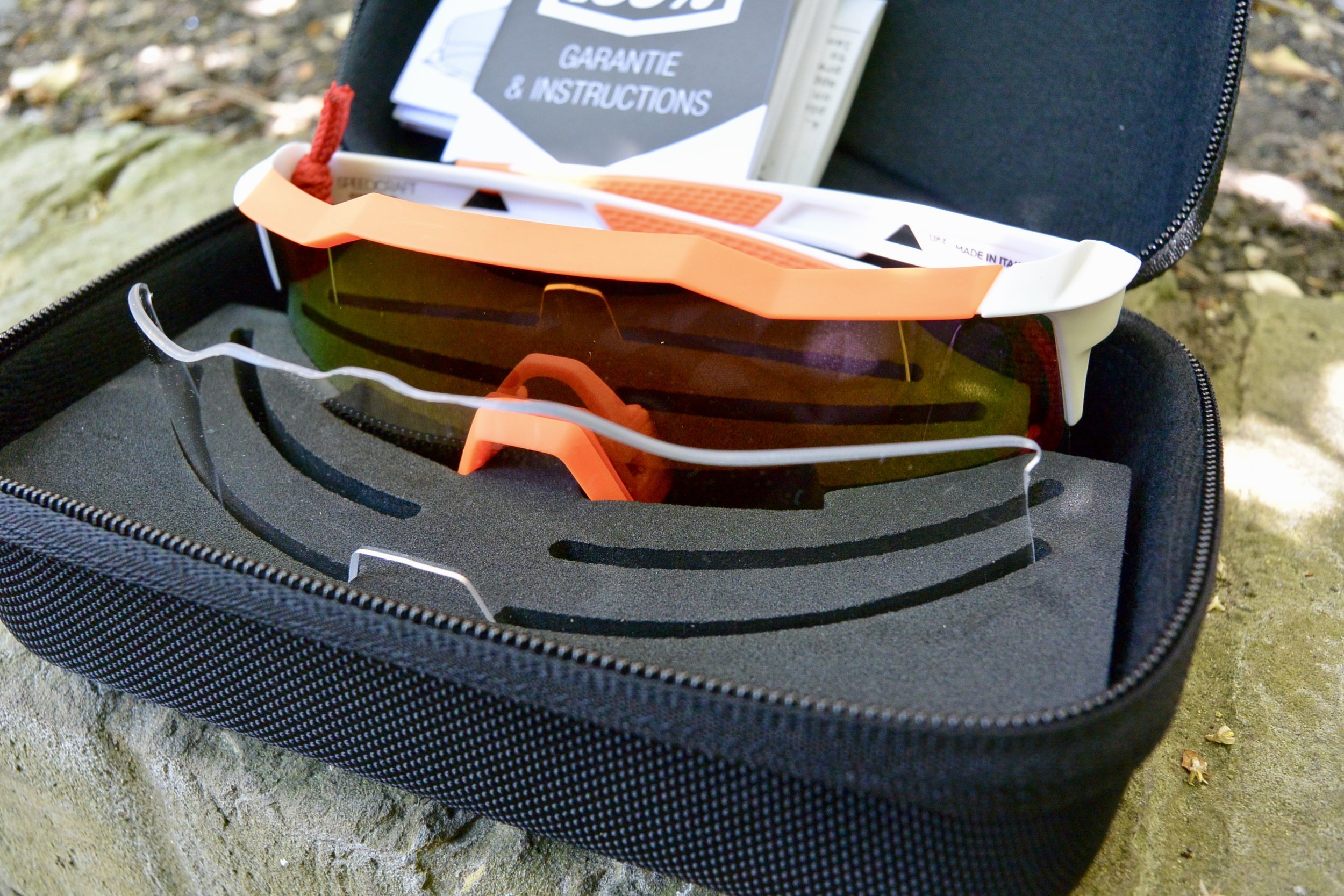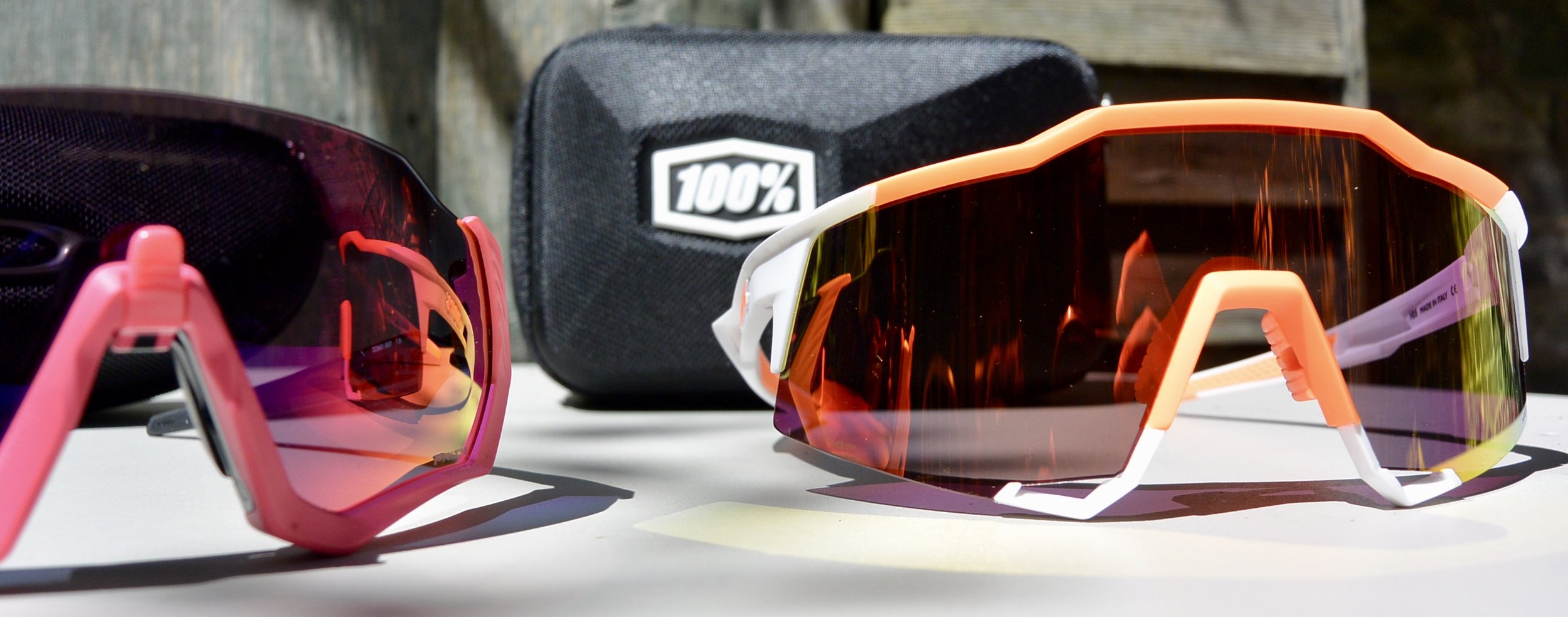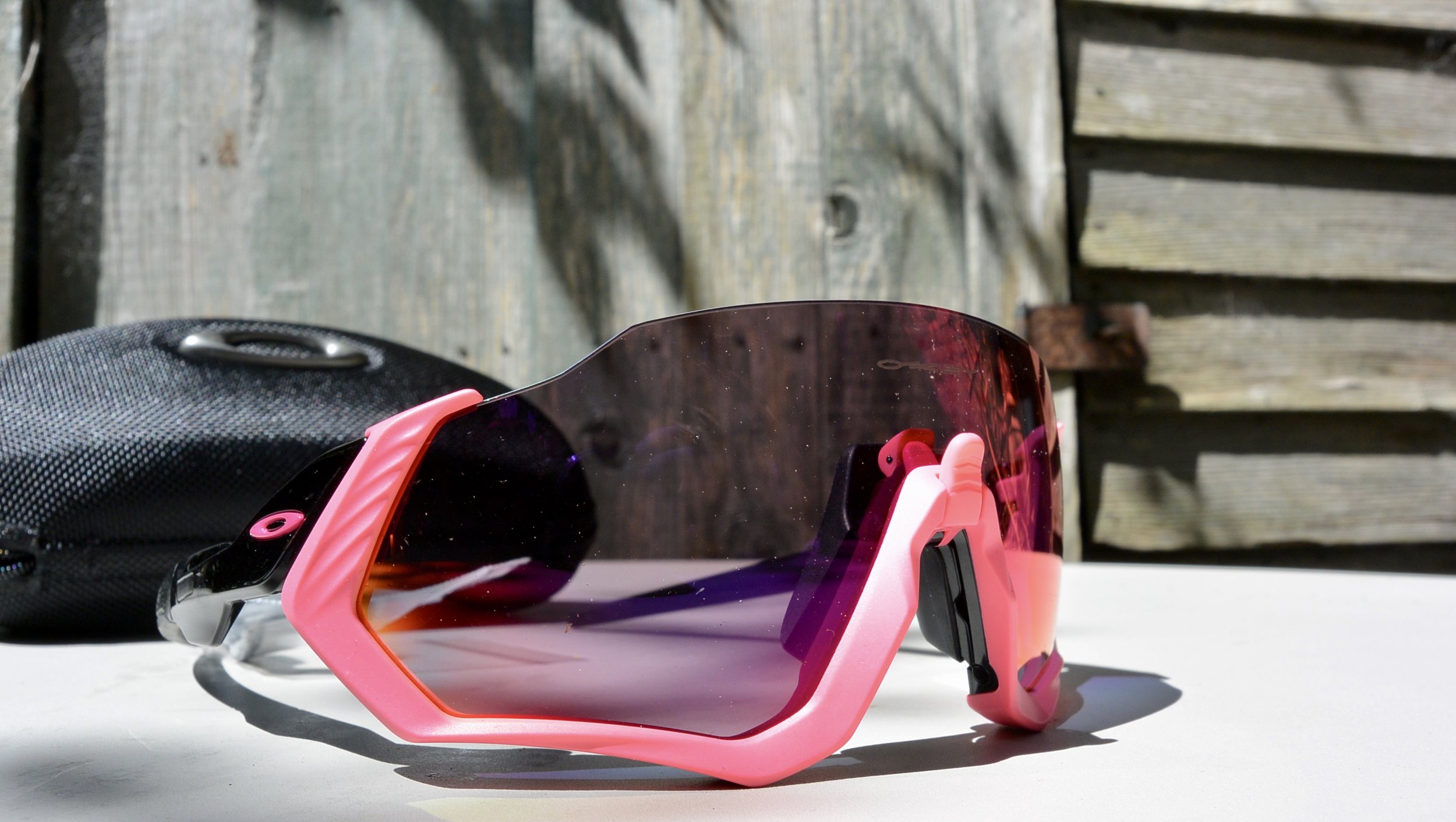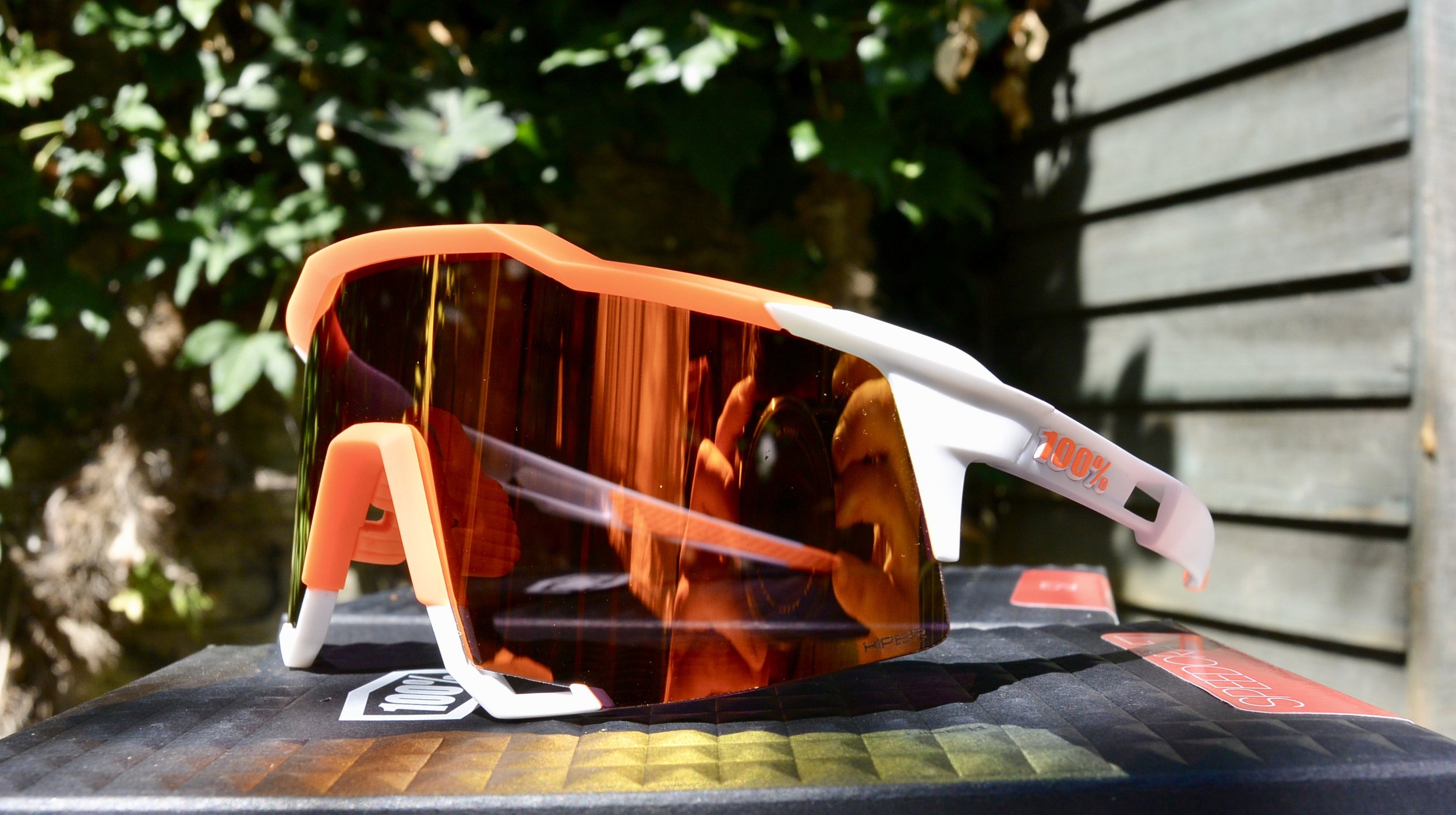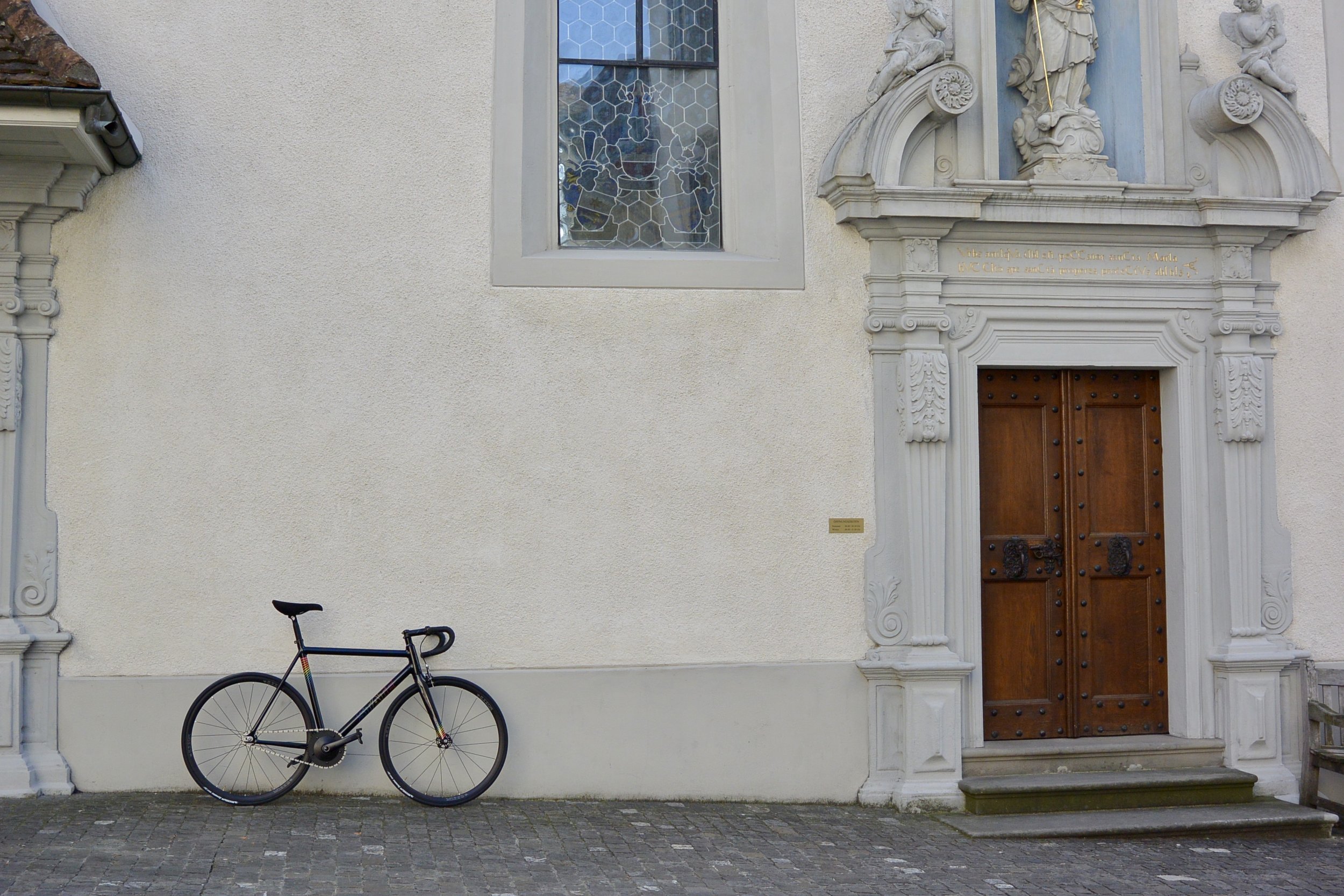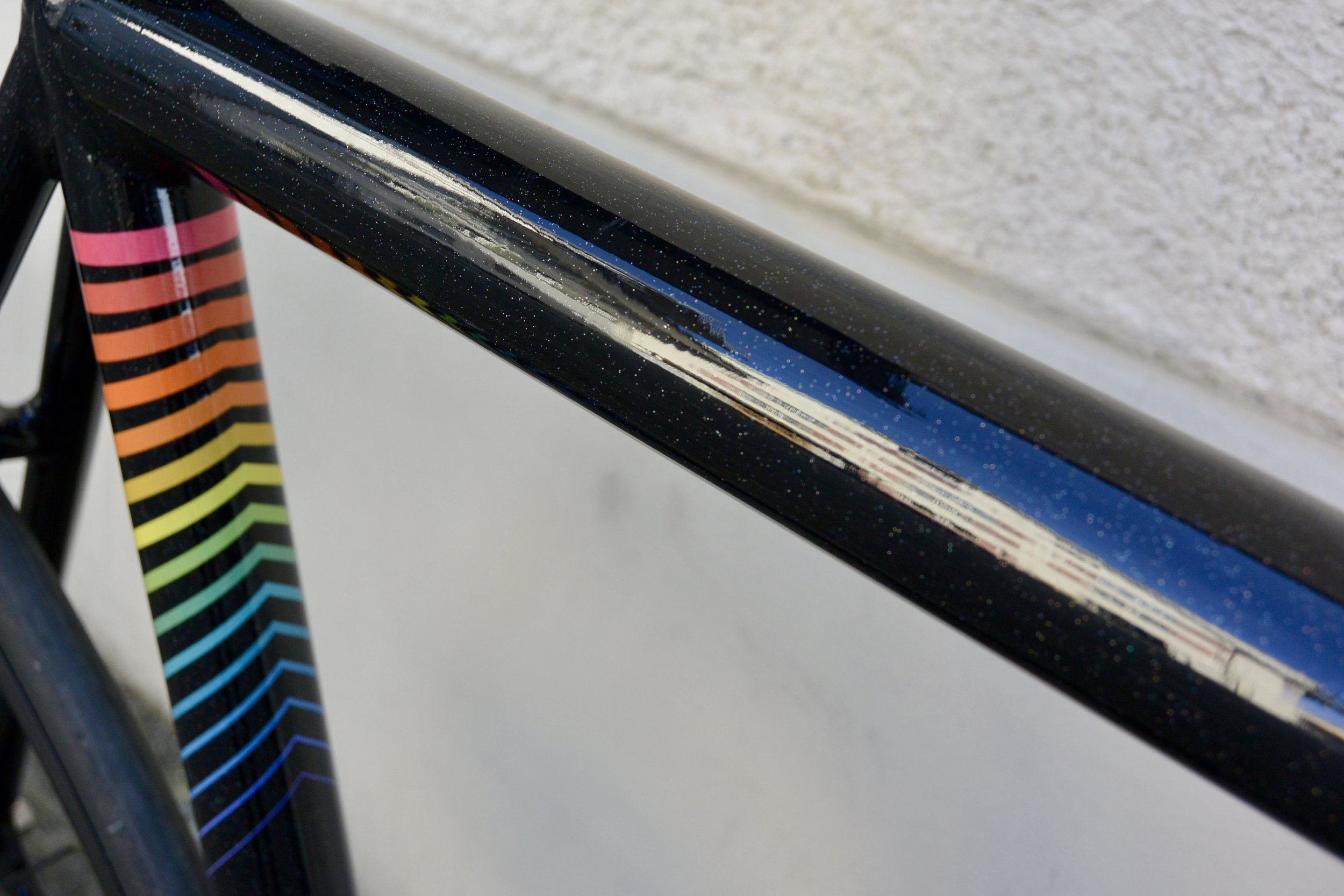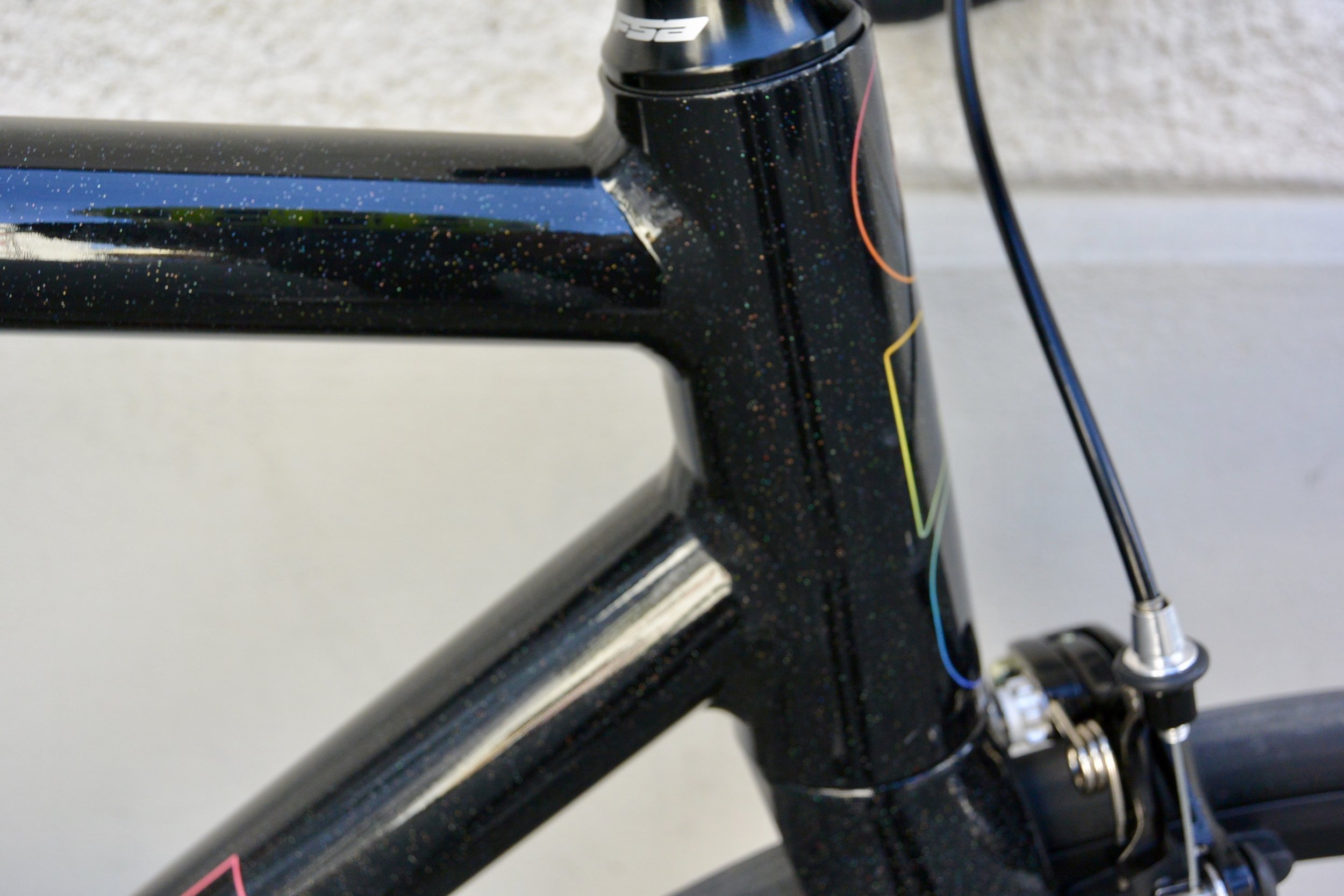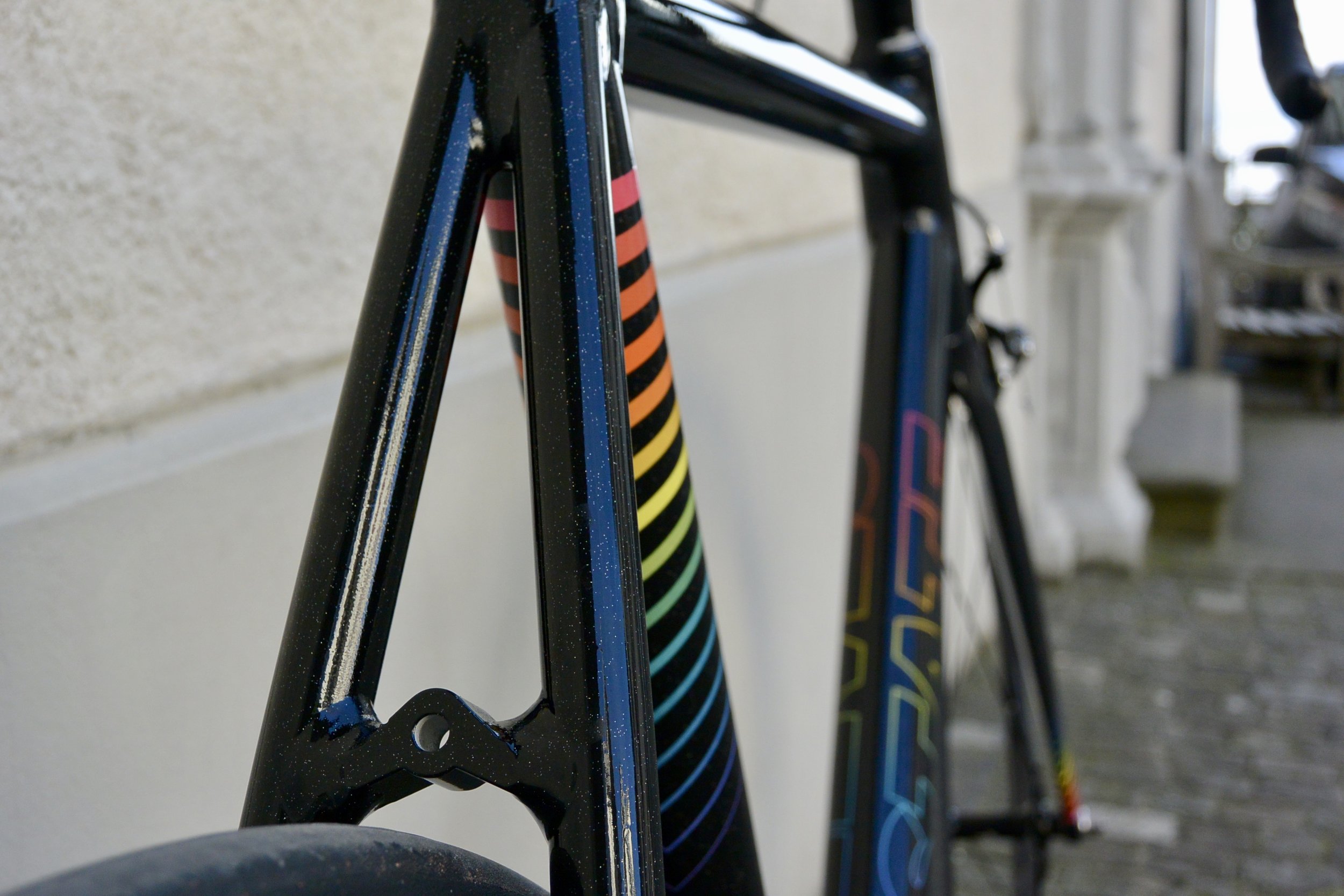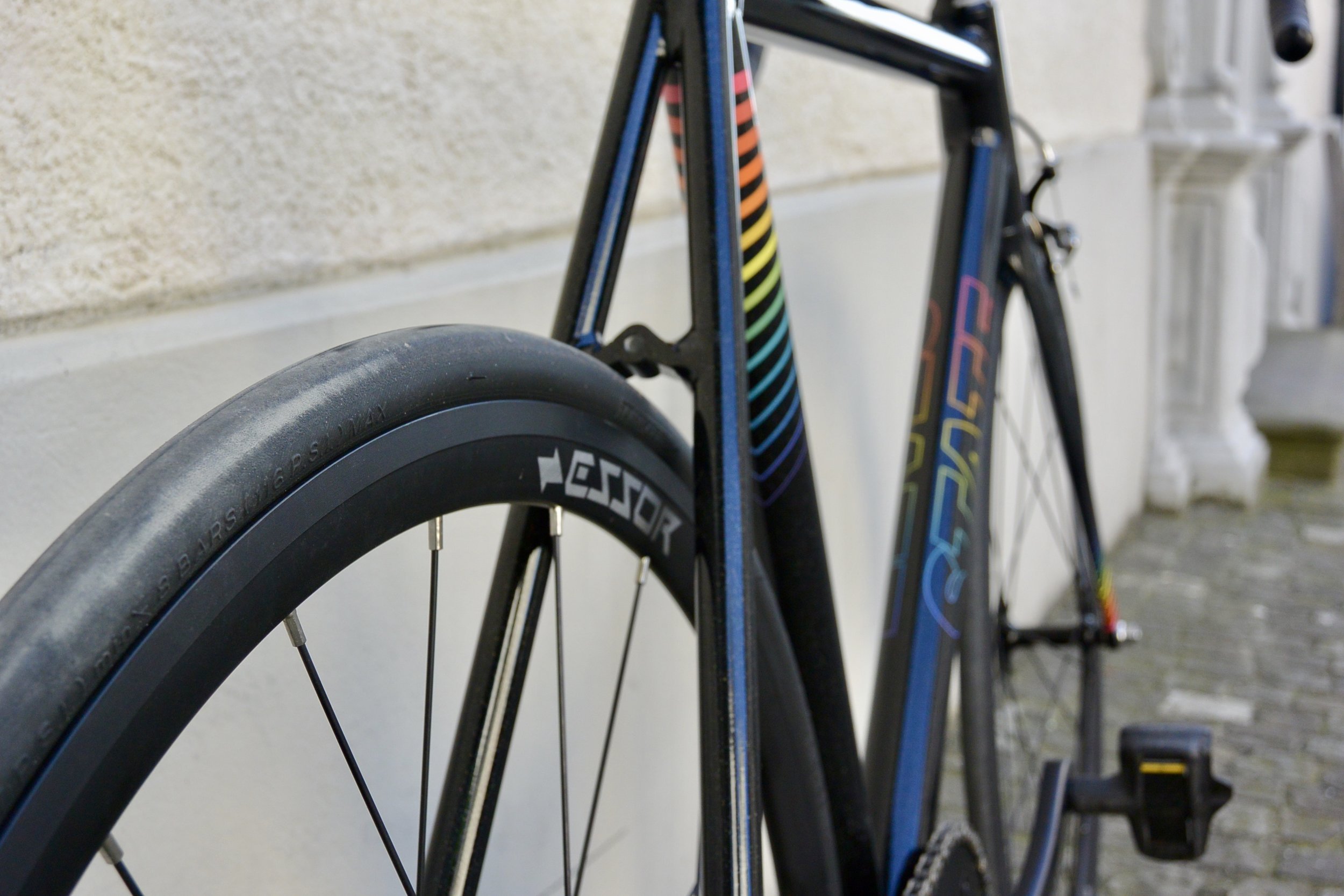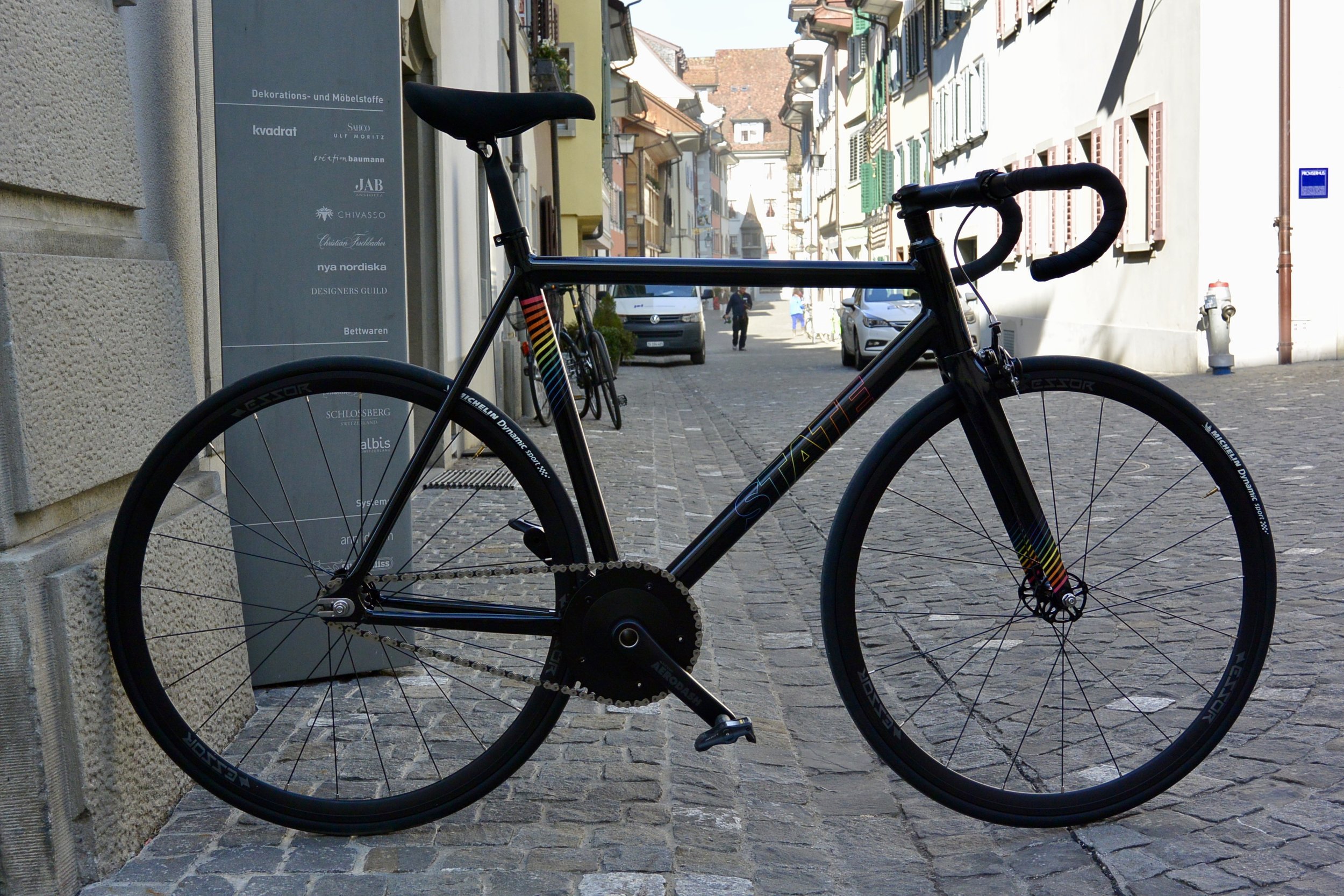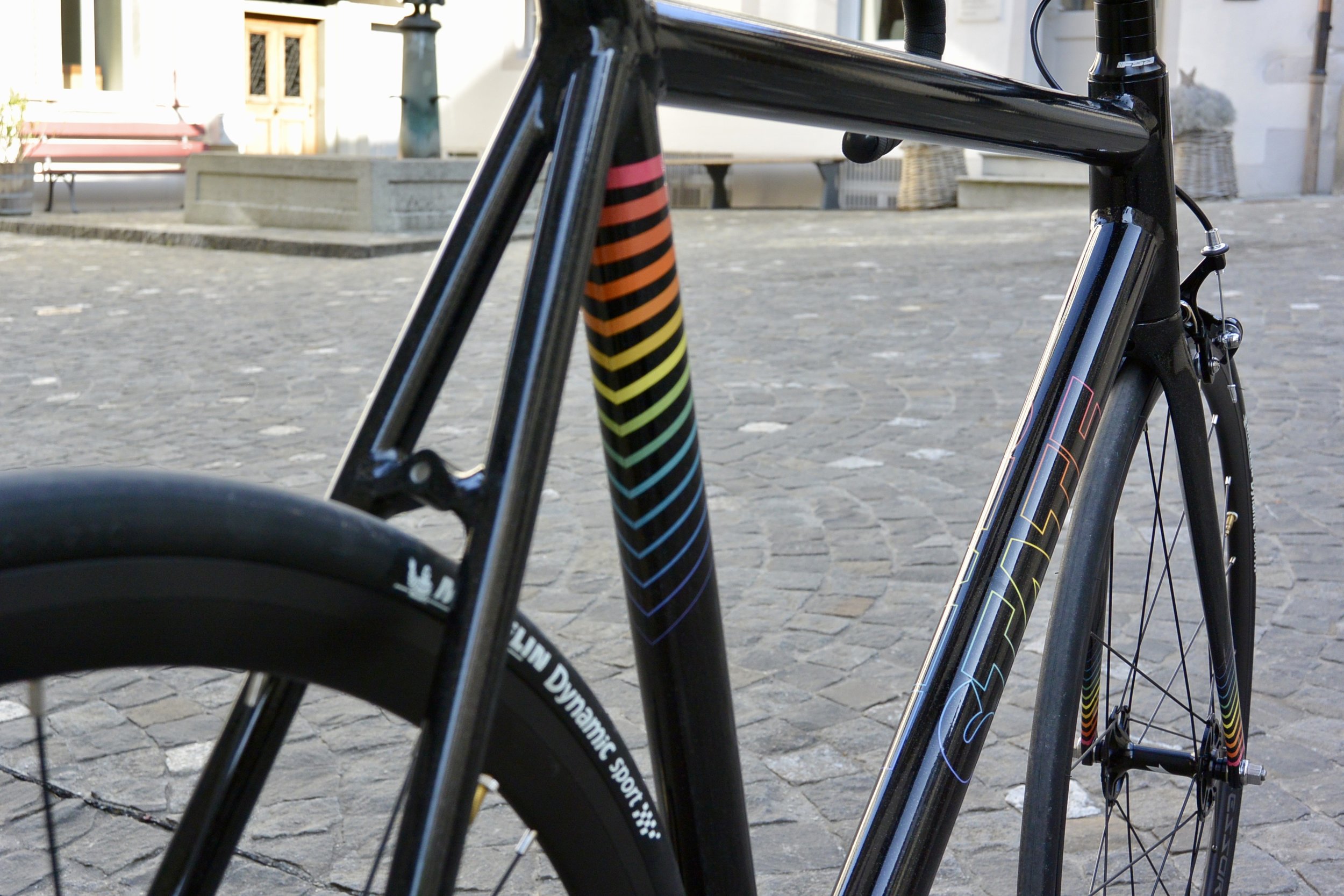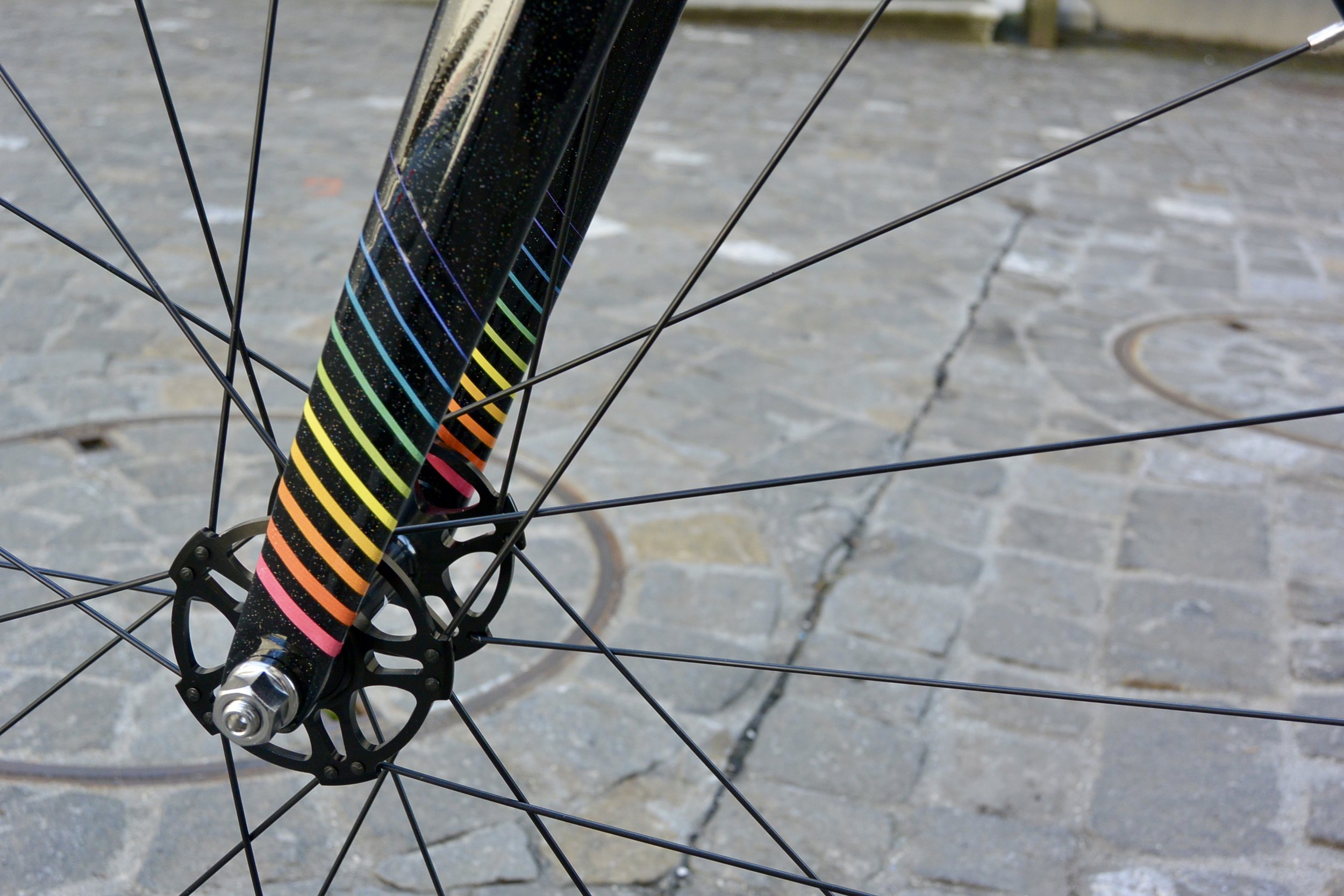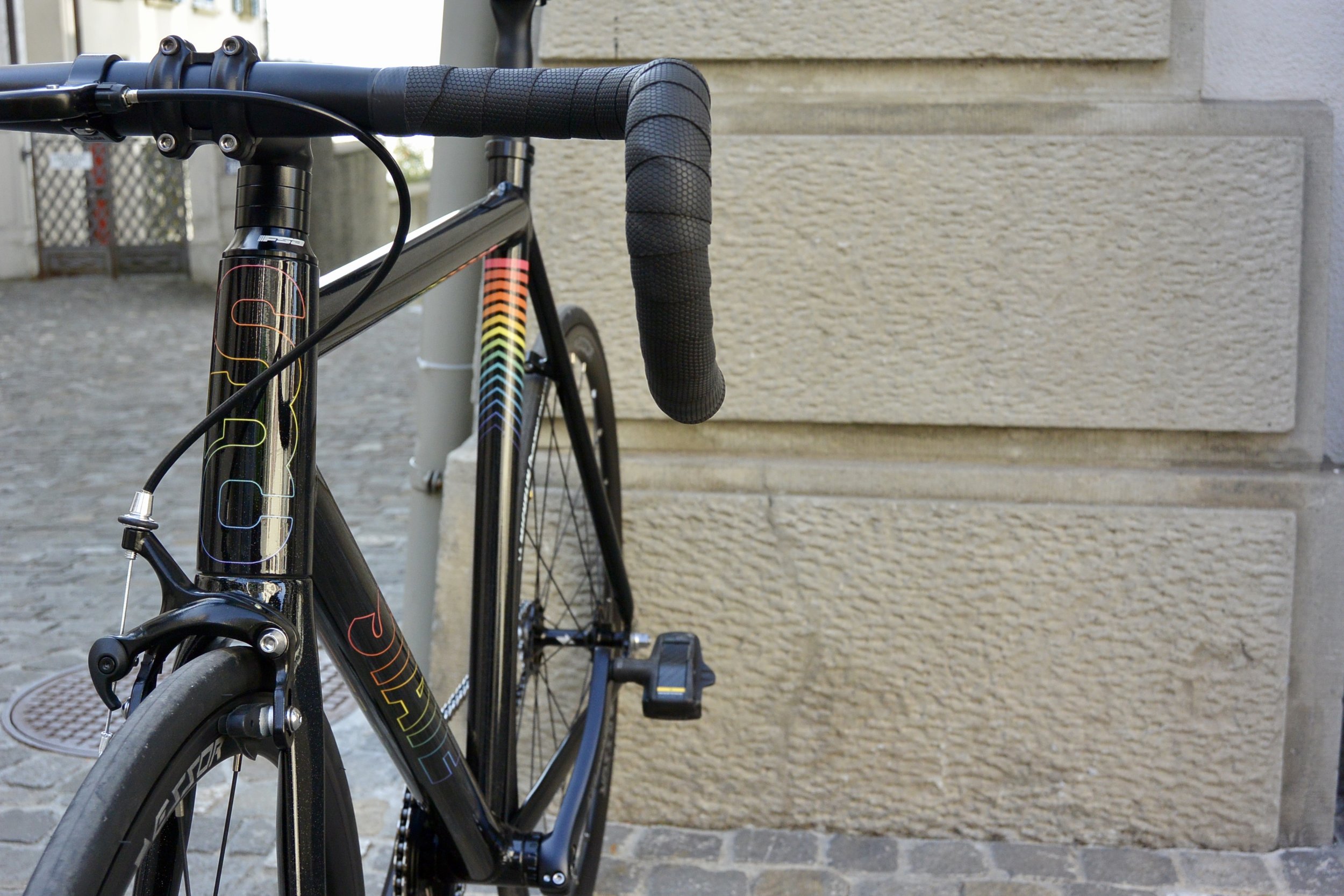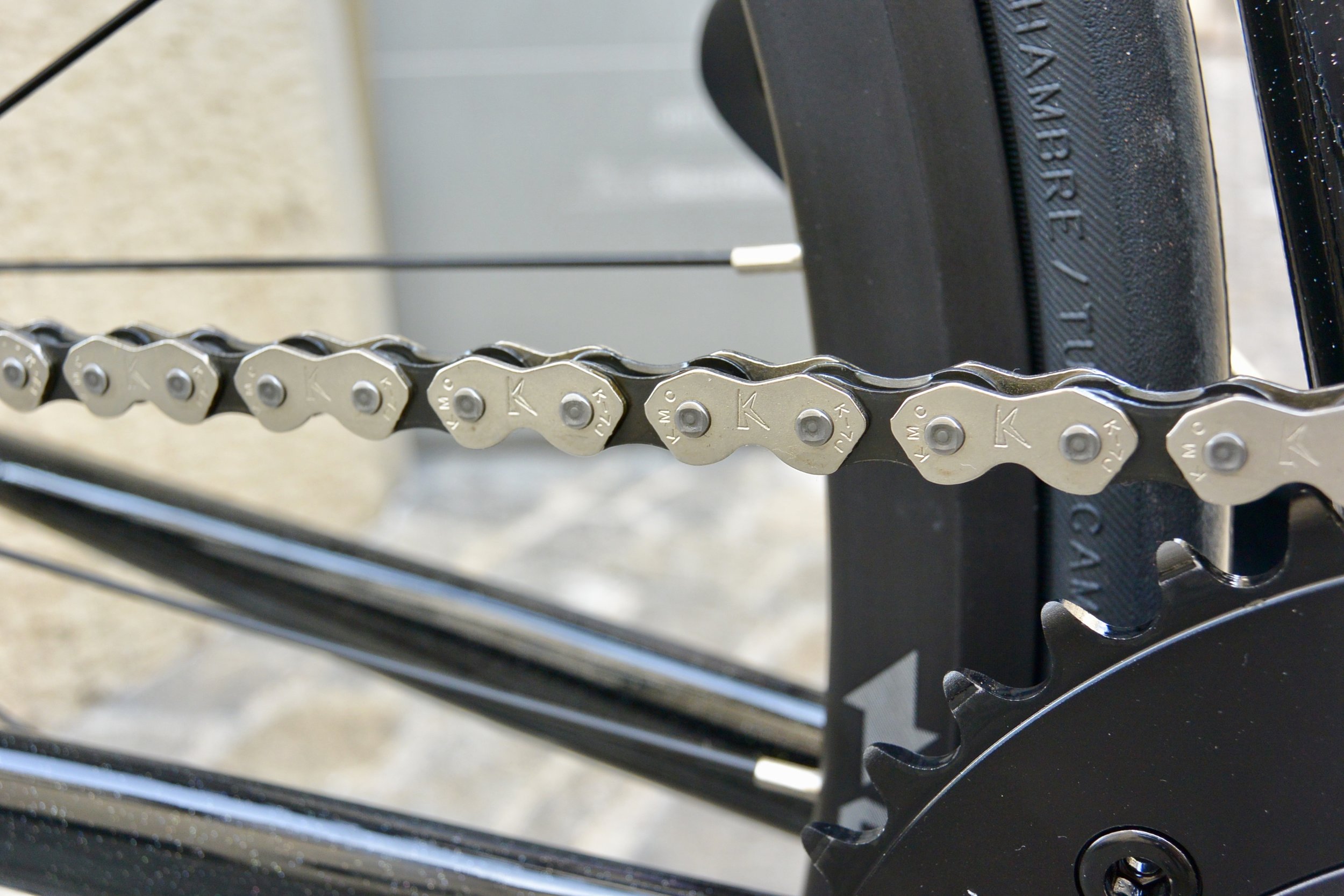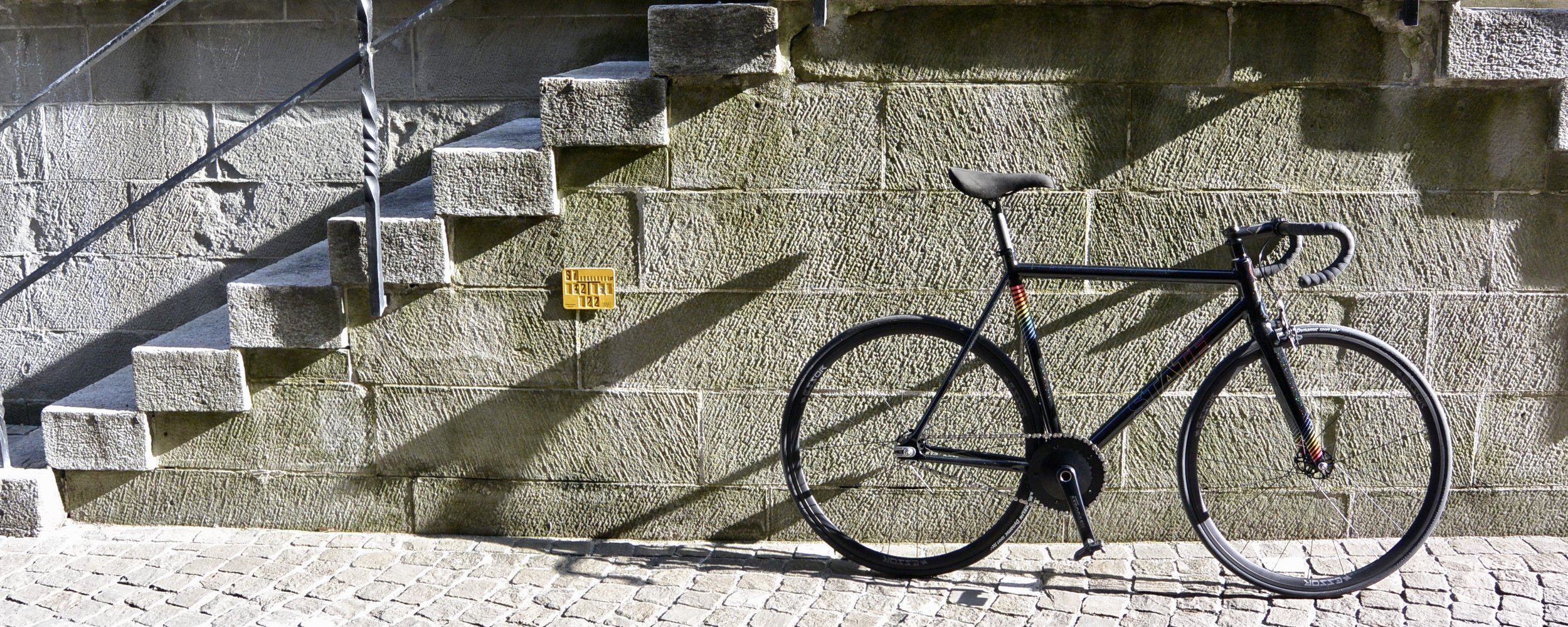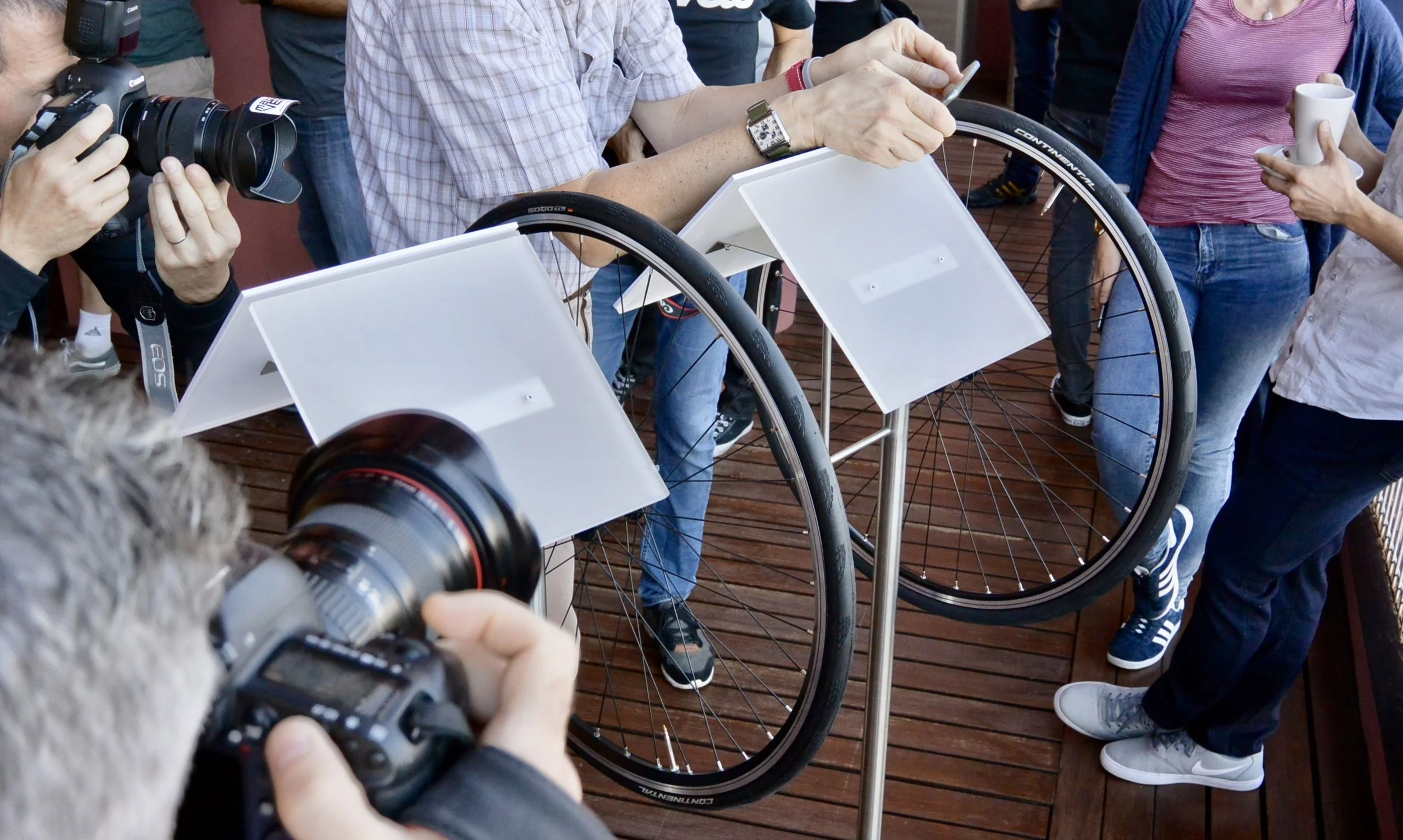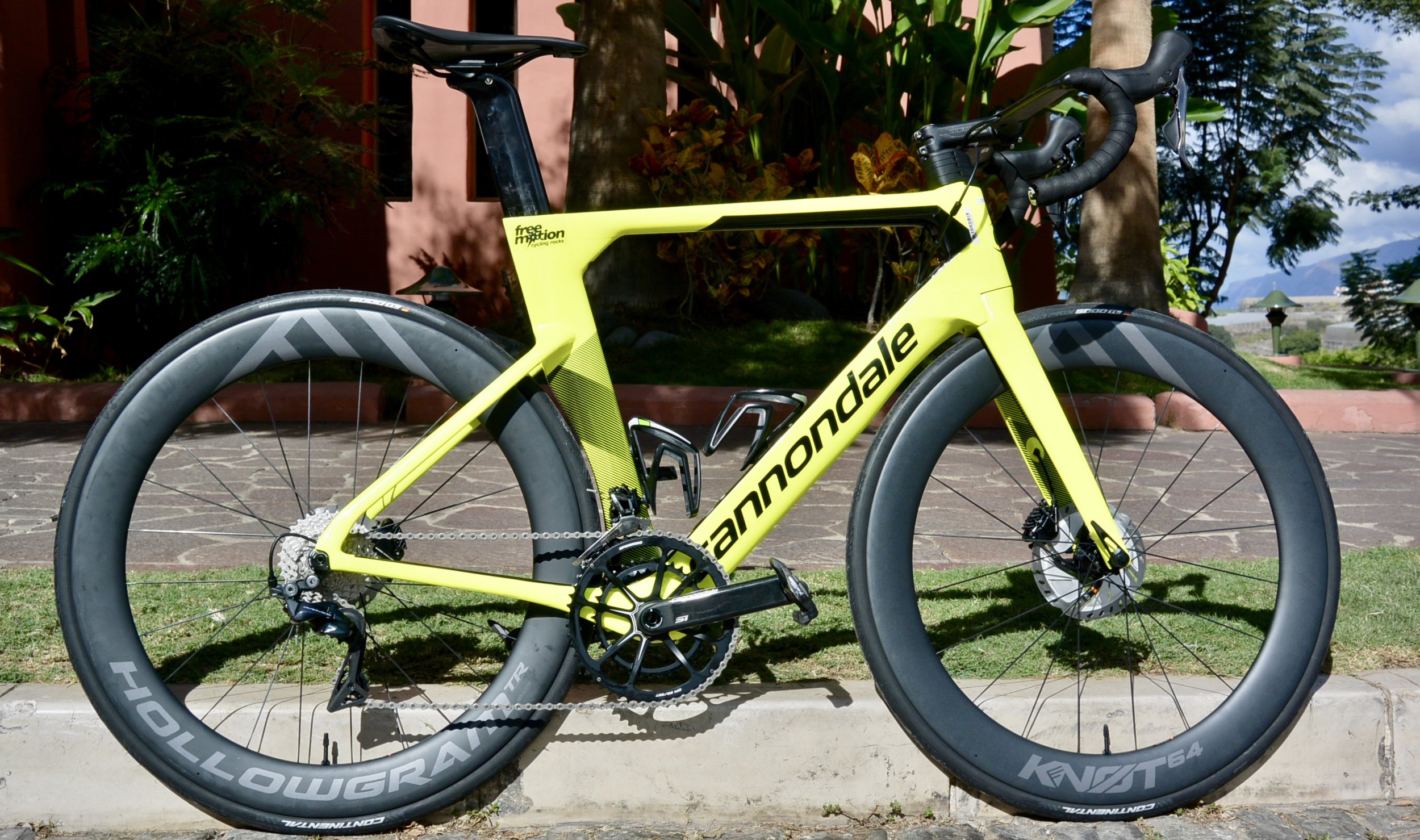The meteoric rise of One Hundred Percent
One Hundred Percent crushes it on style. But how do they stack-up against established players like Oakley’s latest and greatest, the Flight Jackets, on fit, performance and style? Is 100% the heir-apparent to cycling’s lucrative eyewear biz?
Having ridden Oakley’s Flight Jackets for weeks, I was excited to get a look at 100%’s and compare the two on aesthetics and performance. Like Oakley, 100% traces its roots to action sports, in their case, motocross and racing, and since 2010 when the brand was bought (the company actually dates back to 1982 but was then focused entirely on gravity sports and motocross), has applied that spirit to their designs - first with mountain biking, and now road.
The Speedcraft - probably the pair to register in the minds of most when thinking 100% - come out of the box with the company’s “HiPer” orange lens (made by French manufacturer, Dalloz), a spare nose pad, clear lenses, hard case and cloth lens bag. Immediately noticeable when handling the Speedcraft (SoftTac Day Glo orange and white version worn for this review) is the quality feel of the frames, a soft, tacky grilamid that’s velvety on the fingers and distinguishable from harder resins (which the company uses on other models). Also noticeable is the size of the lens, something we’ll address later on.
Oakley’s Flight Jacket comes with their signature hard case, one lens, additional nose pad and sunglass arms to customize length. Retail on the Speedcraft is $195. For the Oakley Flight Jackets, retail starts at $223.
Both the Prizm and HiPer lenses have an illuminating quality to their fields of view; roads are crisper, sunlight is more vibrant, riding in daylight just looks more vibrant.
Both the Speedcraft and Flight Jacket are made for larger face types. If you wear a medium or large helmet, this means you. Both come with oversized lenses that protect the face from bugs and road debris, particularly at high speed - - something you just don’t get with more compact lens shapes. Also both the Prizm and HiPer lenses have an illuminating quality to their fields of view; roads are crisper, sunlight is more vibrant, riding in daylight just looks more vibrant. It’s difficult to comment specifically on lens quality, one being better than the other, as both the Flight Jackets and Speedcrafts sit at the top of the market. Both create impeccable fields of view thanks in due part to their wide and unobstructed shapes. If you sport a large dome, you’ll enjoy wearing either for these reasons.
From outside edge to edge, the Speedcrafts measure large at 5.7 inches; the Flight Jackets a similar 5.5 inches. Lens height is 2.6 and 2.4 inches, respectively. One slight advantage to the Speedcraft is the arm shape; the elongated curve hugs the face better than the Oakleys. Otherwise on fit, both are excellent with minimal movement when putting out big efforts in the drops.
Oakley’s Flight Jackets are particularly innovative on two accounts: the first is their decision to go rimless at the top of the frame. This enables excessive airflow on the face when riding and virtually eliminates any chance of foggy lenses, even when grinding uphill. They’ve also integrated something called Advancer technology, effectively a button on the bridge that allows for even more airflow in circumstances where it’s required. The Prizm lens used by Oakley is the stuff of modern legend and noticeably different from a lot of what’s available in market. Vision clarity is almost without parallel; you’d have to struggle to find fault in quality.
The Speedcrafts go about airflow differently with roughly a thumb’s distance from face to lens, which is more than enough to keep your field of view unobstructed. One Hundred Percent has applied a very simple and elegant approach to the performance of this frame -- it is a very unique shape that sits well on the face, enhances field of vision, and looks good while doing it. The lens quality is also versatile in bright and low light.
Critically -- and deep sigh of relief -- both frames sit well in our helmet (POC Octal) when not in use.
Whereas previously 100%’s business focused only on goggles, in the two years since structuring relationships with Peter Sagan and Mathieu van der Poel and improving upon the initial 2016 Speedcraft design, the company now counts 20 percent of their sales directly from performance eyewear. But, says the company’s CEO, Ludo Boinnard on a call from his California office, the company is more aware of mimicking Oakley’s trajectory than usurping their position atop the eyewear podium.
On looks, both the Speedcrafts and Flight Jackets have few rivals. Rim shapes, lens shapes, lens quality -- matching these up to kit is easy; wearing them is even better.
This is 100%’s second “real” year of building performance eyewear; the Speedcrafts deliver a lot of value, particularly with the second clear low-light lens coming as standard. The value conscious might favour 100% for this reason.
The ride in either frame types requires confidence; they are atypical designs and comment-worthy in pink and orange. In really bright light, if we had to choose, it’s the Flight Jackets. For everyday wear and versatility with style and panache to match, the Speedcrafts. Both are backed by the best riders in the world; it’s easy to see the relationship between style and performance on both.
Like buying a bike, the call is subjective as to which ends up on your face. Larger, rounder face shapes will be blessed by being able to choose either.



